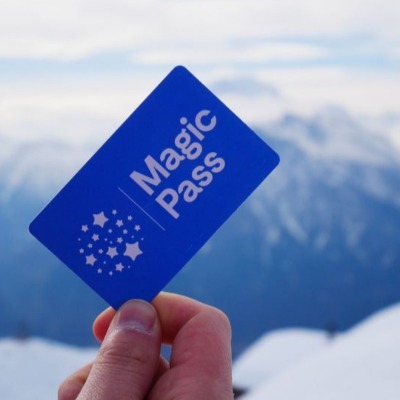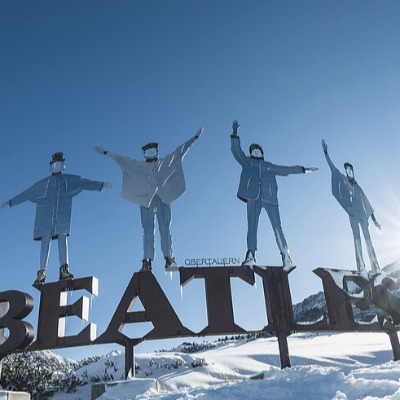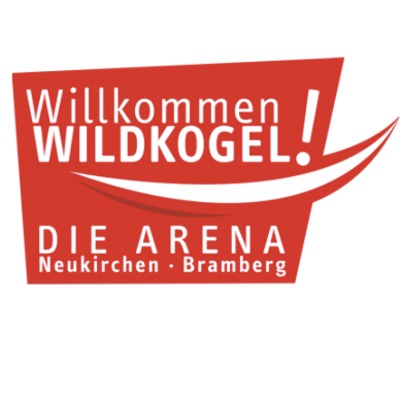Lillehammer Celebrates 25 Years Since First “Green” Olympic Games

On 12th February, the Norwegian town of Lillehammer, a longstanding FIS organiser, kicked off the 25thanniversary celebrations of the Olympic Winter Games 1994, which laid the foundation for the development of sustainable Olympic Games.
The celebrations, organised by the Norwegian National Olympic Committee, in collaboration with the City of Lillehammer, the Norwegian Olympic Museum and the Norwegian broadcaster NRK, include the relighting of the Olympic flame and an opportunity to meet Norwegian Olympic medallists.
The Olympic Winter Games Lillehammer 1994 were the first Olympic Games to put in place environmental and sustainability practices, setting an example for sustainable event organisation. Over time, sustainability has become central to the organisation of the Olympic Games and is one of the three pillars of Olympic Agenda 2020 – the strategic roadmap for the future of the Olympic Movement published in 2014. As a result, sustainability principles are now embedded throughout the lifecycle of the Olympic Games: from the earliest stages of the Candidature Process through to the handover to legacy bodies.
More than 20 sustainability projects were implemented for the 1994 Games, including the relocation of the speed skating arena in Hamar to protect a sanctuary for rare birds, and the construction of the ice hockey venue – the Gjovik Cavern Hall – in a mountain hall to reduce the use of energy by ensuring a stable year-round temperature. The Olympic medals were made primarily of natural, locally-sourced granite; and glass cement – recycled glass mixed with concrete – was used in the Olympic torches. Public transport was used for 80 per cent of the transport during the Games, and special focus was placed on waste management, hygiene and wildlife protection, as well as air and water quality.
All 10 sporting venues that were purpose-built for the 1994 Games remain in use today, and seven of them were used at the Winter Youth Olympic Games in 2016. Venues in the Lillehammer Olympiapark, as well as Alpine Venues Hafjell and Kvitfjell, have since been certified with a Norwegian standard Eco-Lighthouse – one of Norway’s most widely used environmental certificates and the first national scheme in Europe to be recognised by the EU.
Alongside its environmental legacy, Lillehammer 1994 inspired a “golden” generation of athletes in Norway and triggered the country’s dominance in winter sports, which continues to this day. Athletes from Norway won the highest number of medals (26) at the 1994 Games. They repeated this achievement 24 years later in PyeongChang, where they won 39 medals – a record in the history of the Winter Games.
The anniversary celebrations will take place from 12thto 17th February 2019 in Lillehammer.













